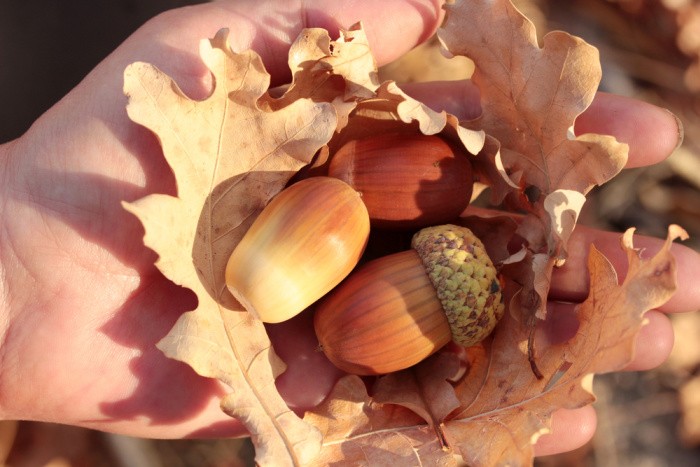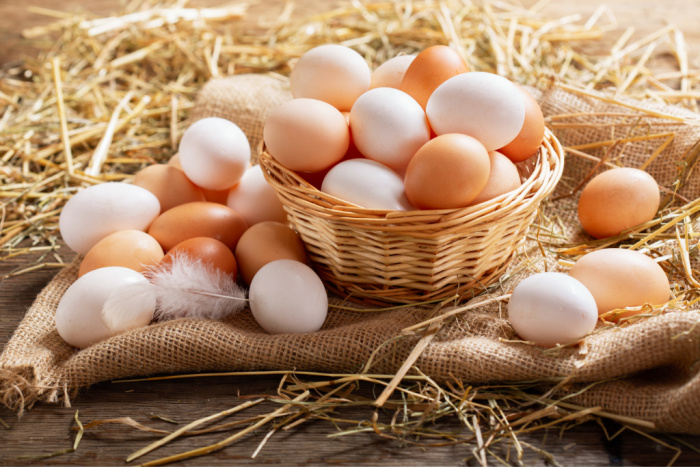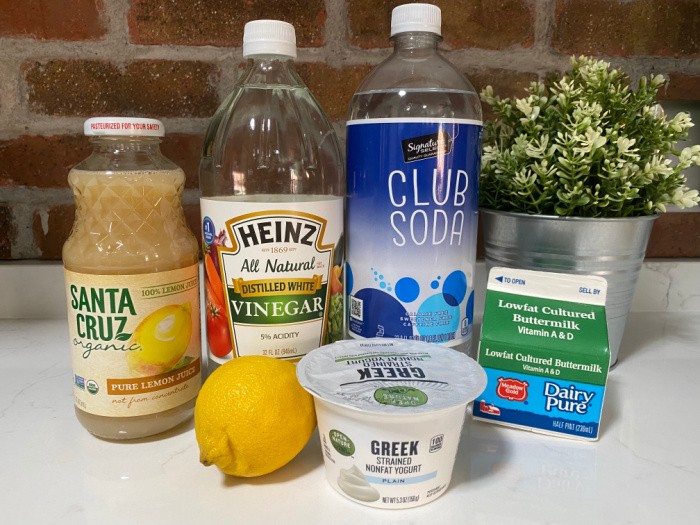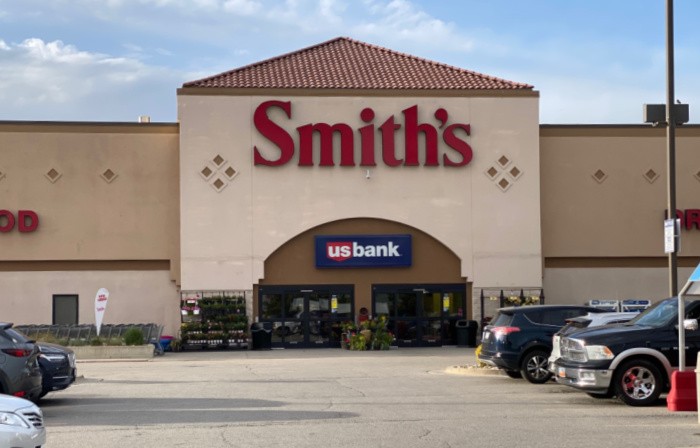Foraging Wild Nuts for Survival Purposes
You might have mistaken squirrels as the only ones that foraged around for nuts from various nut trees, but as it turns out, our ancestors once did as well. Not only did they hunt and plant crops for their survival, but Native Americans and early colonists would also forage for nuts in the fall. This was to help supplement their diets so that they were prepared for the long harsh winters. Let’s talk about foraging wild nuts along roadsides and hillsides so you can survive out there.
276 Edible Wild Plants of the United States and Canada
The Official U.S. Army Illustrated Guide to Edible Wild Plants
Foraging Wild Nuts for Survival Purposes
Although most nuts may be small, they’re packed with protein, antioxidants, dietary fiber, and other beneficial vitamins. They also happen to be very easy to store for several months, if you know what you’re doing. If you’re a prepper, you probably realize that if emergency situations last for a long time, it wouldn’t be long before hunting for your next meal would be challenging.
This is why foraging for wild nuts would also be something for you to consider. Let’s take a look at what some of the easy-to-find nuts are and how you can enjoy them. I’ve talked about common edible plants before, but what about foraging wild nuts for survival? A survival situation may have you doing things you wouldn’t normally do!

- Foraging: The Ultimate Guide to Finding Food in the Wild
- Bugs You Can Eat for Survival
- 5 Vital Wilderness Survival Skills For Teens
Acorns
It wouldn’t surprise me if some of you when you were a child picked up an acorn from an oak tree and took a bite before spitting it out. I know I did. The reason for the raw bitterness that you experienced is due to the tannins that are present in acorns. Fortunately, tannins can be removed very simply by leaching your acorns. This means putting the acorns in boiling water for about 15 minutes and then pouring out the brown water, adding more water, and then boiling for another 15 minutes.
You’ll need to repeat this process until the hot water is mostly clear. But don’t dump out the brown tannin-rich water because you can use it to help soothe sunburns, bug bites, and rashes. Don’t forget that you can also make acorn flour out of acorns.

Butternuts
Butternuts are often found in temperate forests and can be identified by their yellowish-brown husks that typically have a rough texture. Inside the husk, you’ll find a large nut that can easily be cracked open with a nutcracker or even with two rocks. Butternuts are sweet and creamy, making them great for baking some delicious treats like butternut cake, and pies, or adding to salads.
Another thing worth noting about butternut is that they’re loaded with nutrients while providing a staggering 28% protein! It’s best to enjoy butternut as soon as they’re harvested and dried out because they go rancid rather quickly. There are many delicious ways to enjoy butternut.

Beechnuts
Beechnuts come from, you guessed it, the beech tree. The tree begins to produce nuts when they are about 20 years old but generates nuts about every two years or so. Beechnuts have a very similar taste to walnuts and are packed with tons of protein. But gathering them may be a problem for you because squirrels and raccoons love them too, so you’ll have to beat them to the punch.
Another thing to keep in mind about beechnuts is that they spoil quickly so you should consider dry roasting them not long after harvesting. You can do this by roasting them in a slow oven or simply by leaving them out in the full sun for the day. Just make sure that no squirrels are around.

Black Walnuts
If you can find a black walnut tree, you’ll be rewarded with delicious and nutritious nuts. But yet again, there are a few hiccups that you may come across. As with beech nuts, squirrels and raccoons love to get their tiny paws on them, so be ready for some hairy competition.
Walnuts are also incredibly difficult to get open, so you’ll probably want a hammer to smash your way through the shell or outer husk. And once you do, look out for the brown oil that’s inside the shell because it will easily stain your clothing. If that method doesn’t excite you, you could always wear gloves and scrape the husks away while using a knife. If you’re foraging wild nuts, it’s important to know what to look for!

Hickory Nuts
Until you’ve taken a bite of meat from a hickory nut, it can be difficult to distinguish whether you’ve stumbled upon a hickory tree that produces bitter nuts or delicious ones. But once you do, you’ll know immediately. The most desired hickory nuts to look for are the shellbark hickory (loose bark that separates in narrow strips) and the shagbark hickory (long strips of bark that shed and fall to the base of the tree).
Although hickory nuts are easier to open than black walnuts, you’ll still want a tool to get them open. Once open, you’ve got a nut that is loaded with oil and has a unique flavor that pairs wonderfully with sauces and desserts. Give those hickory trees a second look! If you come across wild black walnuts, make sure you give those a try!

Pine Nuts
Although you might think pine trees only produce pine needles, all pine trees may produce a nut, but only a few of them produce ones that are edible. Most of these varieties can be found in western North America, including the ponderosa pine, sugar pine, stone pine, digger pine, and pinyon pine, also spelled pinon. The most common pinion pine varieties for eating are the Colorado pinyon, single-leaf pinyon, and Mexican pinyon. During the fall you’ll start to notice the cones will open up, revealing large seeds.
And unlike some of the other difficult seeds to crack open, pine nuts can be shelled by hand. The challenge is the nuts are so small they aren’t as handy to shell. Some people just pop them in their mouths and gently crack them open. A hammer may be overkill unless you have a gentle hand.
Pine nuts can be consumed raw or roasted. Just like you would with sunflower seeds, simply crack the shells open with your teeth and only eat the meaty nut that’s inside. If you want your pine nuts to last for at least a couple of months, put them in a heavy-duty freezer bag and then place it in the refrigerator. They can also be stored in the freezer for up to 3 to 6 months.

Pecans
You probably didn’t know this, but pecans are actually a type of hickory nut. They are a common nut that can be found in the southeastern United States and parts of Mexico. They are a popular topping for salads, desserts, and other dishes due to their sweet taste and buttery texture. Pecans are very similar to walnuts in terms of nutrition. They have one extra benefit and that’s their shells don’t stain as the black walnuts do.
You can harvest pecans when they start to fall off the tree. At that point, you should pick them up from the ground or shake them out of the leaves in the tree branches. It takes an experienced eye to distinguish a good pecan from a bad one, so pay close attention when collecting them. The nuts should have recently fallen and not cracked open. Be careful, the shell can have a sharp point at the end. Once you’ve gathered enough, store them in an airtight container and keep them in the refrigerator for up to 6 months. If you’re looking to up your survival skills and survival food list then add pecans, they are a great source of calories!

More Wild Edible Plants to Eat:
- Can I Eat Plantain? Edible Weeds
- Can I Eat Chickweed: Edible Weeds
- Can I Eat Purslane? Edible Weeds
- Can I Eat Red Clover? Edible Weeds
- Can I Eat Lamb’s Quarters? Edible Weeds
When are most nuts ready to be harvested?
Most nuts grow well in the warmth of the summer sun and are ready for harvest in late summer or early fall.
What nutrients do most nuts have?
Nuts in general are very rich in vitamins and minerals. The most common vitamins are E, B6, niacin, and folate. The minerals are zinc, plant iron, calcium, magnesium, copper, potassium, selenium, and phosphorus, all vital to good health, particularly in a survival situation.
Final Word
Foraging for wild nuts can be a great way to supplement your diet and get some much-needed nutrition into your body, especially if you ever find yourself in an emergency situation. Whether it’s butternut, beechnuts, black walnuts, hickory nuts, pine nuts, or pecans, they all have unique tastes you won’t find anywhere else. Plus, they’re packed full of healthy nutrients like protein and minerals that are essential for living a healthy life.
So why not go out there and give foraging for wild nuts a try? There’s nothing like having fresh food from nature’s playground! What surprised you most about these wild nuts and their health benefits? I’d love to hear from you in the comments section below. It can be hard work to find nuts and process them, but it’s so worth it because you can increase your food supply! What are your tips for foraging wild nuts? May God bless the world. Linda
Copyright Images: Acorns in a Girls Hand Depositphotos_266125484_S, Beechnuts on a Tree Depositphotos_396248254_S, Pine Nuts Cedar, Pecans on a Tree Depositphotos_534127764_S Depositphotos_388354966_S, Black Walnuts Depositphotos_52748725_S, Shagbark hickory nuts Depositphotos_53137135_S, Butternuts or White Walnuts Depositphotos_88860924_S, Walnuts on Wooden Rustic Board Depositphotos_303893656_S






















Knowing where this resource is can lead to many other things as well:
Walnut hulls can be used to tumble (clean and shine) brass for reloading.
Nut shells can also be used to help break up caked soil, like clay, for gardening.
These can also lead you to other sources of protein as well. Deer will pass up bout everything for acorns. Pecans are a great place to snare/hunt squirrels.
The wood from most of these is also prized for building and burning
Hi Matt, oh my gosh, I never thought about the nut shells for burning! I learn something new every day! I love this, Linda
Hazelnuts/filberts are another possibility. I don’t know if they are found wild very often, but I planted three a few years ago. I don’t get much more than 2-3 cups of them yet (assuming I beat the squirrels!) but they’re good either raw or roasted. If you have space for shrubby trees, it’s well worth doing!
Hi Rhonda, oh I need to look into this, thank you! Linda
Also happened to think, there are devices that can be used for easier pick-up of larger nuts (i.e., probably wouldn’t work for beechnuts or hazelnuts). I probably saw it in the Lehmans catalogue… Looks a bit like a hand lawn-mower, but instead of rotating blades, it has a horizontal wire “cage” whose wires spread just enough to pick up the nuts as it rolls over them (also works for drop fruit). I haven’t used one, but it *looks* promising!